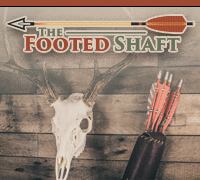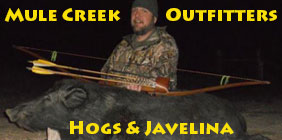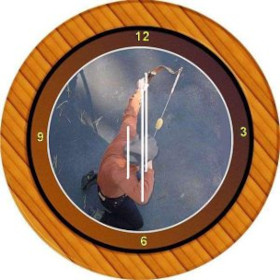stump killer, excellent answer. There are definite differences in a designs' ability to deliver more energy. but, if you do not have the same degree of perfect arrow flight, let alone arrow design (small shaft, FOC, 2 blade head, etc), you will not be able to take advantage of it. My real world example: a 70# Adcock ACS and a 80# Black Widow PLX. After a great deal of work and tuning, both bows used the same arrow (1020 grains) and delivered it at the same speed (166 fps). So, momentum was identical, despite the 10# difference. My wife shot the Adcock, I shot the BW. Both bows took buffalo with one arrow. Nonetheless, I gladly gave up the energy advantage of the Adcock because of handling, toughness, and my perception of "shoot ability". Point being: energy isn't always the full answer. :-) - Jay.














